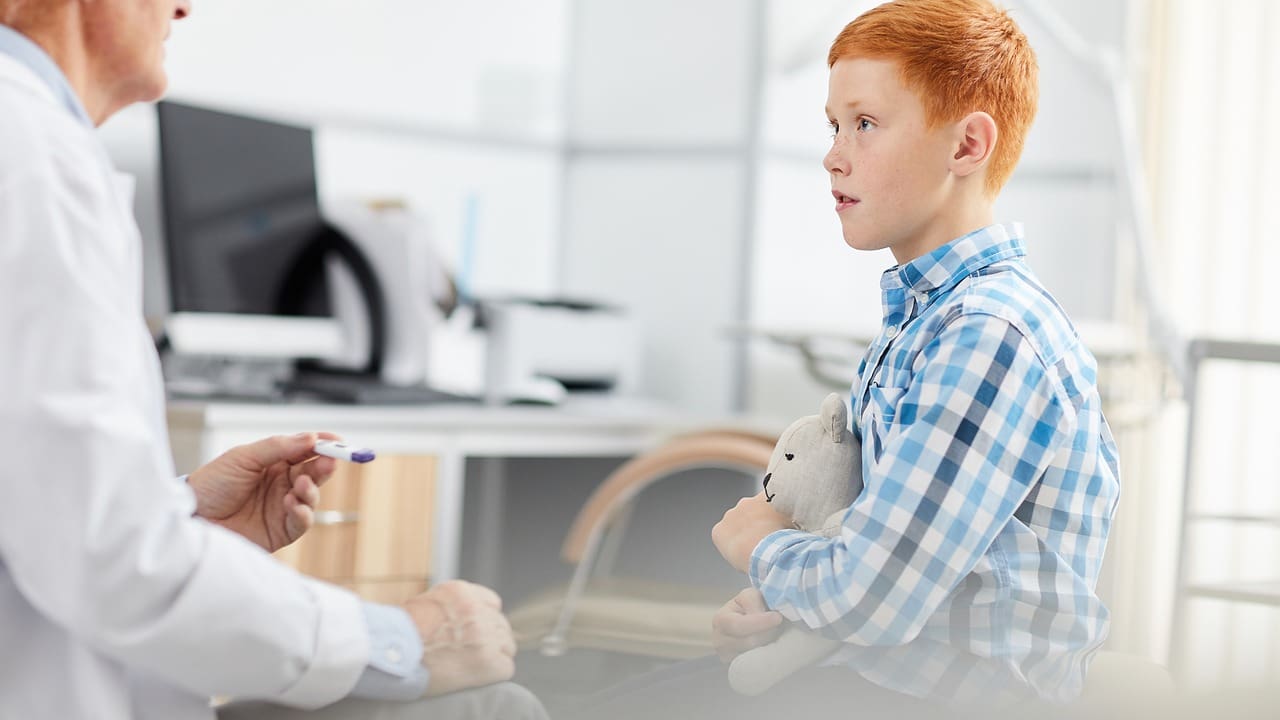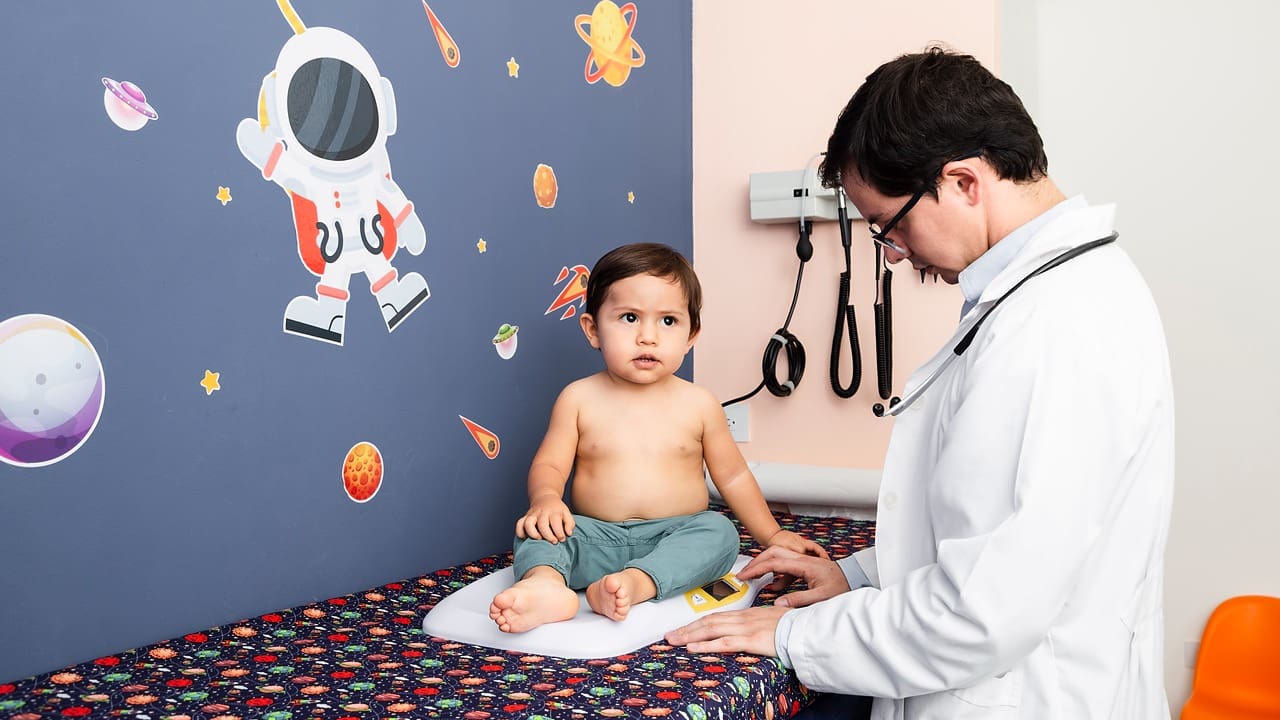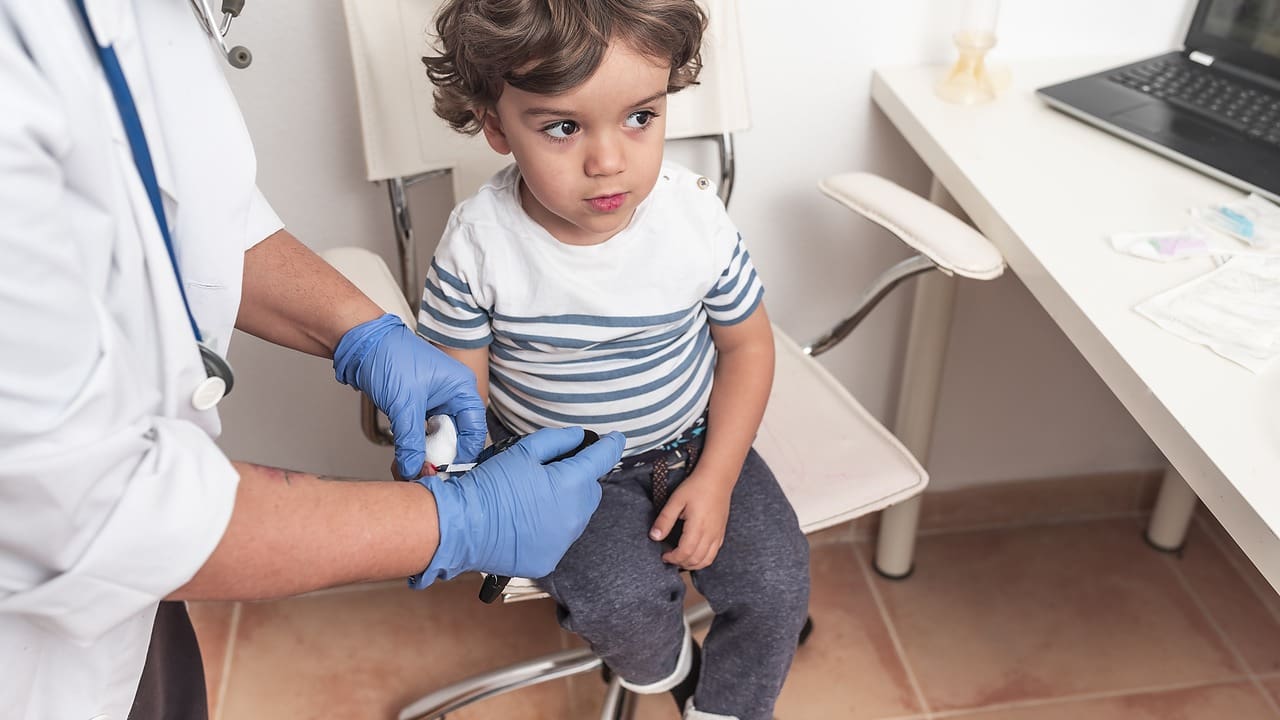What Is Pediatric Urology? A Parent’s Guide to Children’s Urinary and Genital Health

Pediatric urology is a medical specialty focused on the care of children with conditions involving the kidneys, ureters, bladder, and genital areas. Unlike adult care, every aspect of pediatric urology from communication to exams and treatments is tailored to a child’s age and stage of development. The main goals are to ease symptoms, protect kidney and bladder health, support normal growth, and make medical visits as stress free as possible.
Families can expect care that combines thorough medical attention with empathy, respect for privacy, and clear, simple explanations. Conditions treated range from common issues like bedwetting and daytime accidents to structural problems such as hydronephrosis or undescended testicles. Pediatric urology usually starts with gentle, noninvasive approaches, helping families manage both immediate concerns and long term follow up when needed.
What To Expect at a Pediatric Urology Appointment: Exams, Ultrasound, and Next Steps
At a pediatric urology appointment, the visit usually starts with questions about your child’s urinary habits, such as how often they go, if they have accidents, pain, fevers, past infections, bowel habits, what they drink, and any findings from before birth. Parents should bring any previous reports, a list of medications, and, if possible, a two or three day diary of fluids and bathroom visits. The physical exam is short, gentle, and focused on your child’s symptoms.
Privacy is important, and a caregiver stays with the child to offer comfort and help explain things. Simple tests, like a urine check for infection or blood, are often done during the visit. Many children also have a painless ultrasound at the first visit or soon after. By the end, families get a plan that may include hydration tips, bathroom routines, bowel care, symptom tracking, and advice about medicines or more tests if needed. The plan also explains which warning signs mean you should call or come back sooner, so you feel ready and informed.

Understanding Symptoms by Age: How Concerns Change as Children Grow
Symptoms change as children grow, and pediatric urology looks at them with a focus on your child’s age and development. Infants might have issues found on prenatal ultrasound, like hydronephrosis, or problems after birth, such as labial adhesions or groin swelling. Toddlers and preschoolers often have daytime accidents during toilet training, urgency, or occasional infections, which can be related to bowel habits and how much they drink.
School age children may have frequent urination, pain when urinating, bedwetting, or new accidents after being dry, sometimes due to stress or constipation. Teens can have ongoing infections, pain in the side or pelvis, or concerns about genital development. The doctor also considers factors such as bathroom access at school, what your child drinks, and daily routines. This approach helps distinguish between normal development and signs that require treatment or closer monitoring.
What Will an Ultrasound Show in Pediatric Urology? Understanding Results

Ultrasound is the primary imaging modality in pediatric urology because it is quick, safe, and radiation free. It shows the size and shape of the kidneys, how they are growing, if there is any urine backup (hydronephrosis), and the condition of the urinary system. It also helps check the bladder wall, how the bladder fills, and how much urine is left after your child goes to the bathroom. Sometimes, an ultrasound finds cysts or masses, but many of these are harmless.
For babies, an ultrasound can track whether prenatal hydronephrosis is improving or help decide when to follow up. For older kids, it helps find the cause of repeated infections, accidents, or pain. Doctors always look at ultrasound results along with your child’s history and exam. If there is mild swelling, they may just watch and repeat the test in a few months. Bigger changes might mean more tests to check urine flow or reflux. The main goal is to understand what the images mean for your child’s symptoms and health, while avoiding unnecessary radiation or invasive tests.
Pediatric Urology Care for Babies and Children: Conditions, Tests, and Treatments

Pediatric urology deals with both functional and structural problems. Functional issues include bedwetting, daytime wetting, urgency, and frequent urination, which are often linked to bowel habits and hydration. Structural problems include hydronephrosis, vesicoureteral reflux (when urine flows backward toward the kidneys), undescended testicles, hydroceles, hernias, concerns about the foreskin, and labial adhesions.
The first step is usually noninvasive: taking a history, doing an exam, checking urine, and using an ultrasound. Treatment often starts with simple, proven habits such as regular hydration, bathroom breaks every 2 to 3 hours, good toilet posture, and managing constipation. If infections keep recurring, doctors may use targeted antibiotics and preventive strategies, weighing the benefits and risks.
Sometimes, medicines help with bladder overactivity or other symptoms. Procedures are used only if structural problems or ongoing issues do not improve with these basic steps. Families are always told why each step is chosen and how it helps both now and in the long run.
Pediatric Urology Evaluation: From First Visit to Follow‑Up
The evaluation process is meant to be thorough but as easy as possible for families. It starts with a detailed history and a focused physical exam, then urine tests and an ultrasound if needed. If the ultrasound shows significant hydronephrosis or possible reflux, further imaging or specialized tests may be recommended. Each plan is tailored to the child, and doctors usually try simple, conservative steps first, since many urinary problems in kids improve with routine changes and better bowel habits.
Families are taught to keep a diary of fluids and bathroom visits to spot patterns. Follow up visits check progress, encourage good habits, and adjust the plan as the child grows or routines change, such as starting school or joining sports. Repeat ultrasounds are used to monitor certain conditions or see how well the bladder empties. The main goal is to prevent problems, protect kidney health, and make daily life easier for the child.
Pediatric Urology: When to See a Specialist ?

Knowing when to see a specialist can help families feel more in control. You should seek an evaluation if your child has repeated urinary tract infections (especially with fever), ongoing bedwetting past the usual age, new daytime accidents after being dry, pain when urinating, blood in the urine, swelling in the groin or scrotum, a possible undescended testicle, or concerns from a prenatal ultrasound. Some symptoms need urgent attention, like sudden scrotal pain and swelling, which should be checked the same day.
Seeing a specialist early can help distinguish between temporary issues and those that could affect kidney health. Even if symptoms are mild, a specialist can offer a plan to prevent things from getting worse and improve your child’s quality of life. If you are unsure, it is always okay to ask if an initial check, some basic tests, and a symptom diary would be useful.
Pediatric Urology Imaging: How Ultrasound Helps Your Child ?
Ultrasound is usually the first imaging test because it quickly and safely answers important questions. For hydronephrosis, it helps decide how often to follow up and whether more tests are needed. For bladder problems, it can show how much urine remains after your child goes to the bathroom and whether the bladder wall is thickened, which might indicate overactivity or incomplete emptying.
If your child has recurrent infections, an ultrasound can help detect underlying issues. It also helps track how well treatments are working, such as whether hydronephrosis is improving or whether lifestyle changes are helping the bladder. Sometimes, ultrasound results lead to more specific tests for reflux or drainage. Even if additional tests are needed, ultrasound remains the primary tool for understanding your child’s condition and ensuring care is based on safe, accurate information.
What to Expect at Pediatric Urology: A Family Centered Visit
Family centered care is at the heart of pediatric urology. Visits focus on clear, age appropriate communication, with caregivers involved for support and context. The clinic works to lower anxiety by using simple explanations and distraction techniques. Privacy and comfort are respected during exams, and consent is important at every step. Families leave with written instructions on hydration, bathroom schedules, bowel routines,
skin care (if needed), and warning signs that indicate you should follow up sooner.
This advice is practical and fits into daily life at home and school, including tips for bathroom breaks during classes or activities. Positive reinforcement, such as celebrating small successes like timely bathroom visits or regular drinking, helps build good habits. If medications or procedures are needed, the doctor explains the benefits, possible side effects, and other options. The goal is always shared decision making, so both the child and caregivers understand the plan and feel confident following it.
Practical Home Strategies: Hydration, Timed Voiding, and Bowel Care
Everyday habits can really affect urinary symptoms, and even small changes can help. Encourage your child to drink water regularly and limit sugary or caffeinated drinks. Remind them to use the bathroom every two to three hours to keep their bladder from getting too full and to help prevent accidents or urgency. Make sure they have good toilet posture by supporting their feet and helping them stay relaxed, so their bladder empties completely.
Bowel care matters too, because constipation can put pressure on the bladder and cause issues. Offer fiber rich foods, plenty of fluids, and keep a regular routine to help with this. A simple diary of drinks, bathroom trips, accidents, and bowel movements can help you notice patterns and progress. Use positive reinforcement, like stickers, small rewards, or praise, to encourage your child and help these healthy habits stick. If symptoms don’t improve, short term medication might be needed, but lifestyle changes should always come first.
Medications and Procedures: When They Are Considered ?
Most pediatric urinary problems improve with lifestyle changes, but sometimes medications or procedures are needed if symptoms are severe or do not resolve. Medicines may help calm an overactive bladder, reduce inflammation, or lower the risk of infection, and are chosen based on your child’s symptoms and age.
Doctors always discuss possible side effects and give clear instructions on how to use the medication and watch for them. Procedures are usually reserved for structural problems that do not respond to basic care, such as treating severe hydronephrosis or correcting issues that cause recurrent infections or discomfort. The main idea is to use the least invasive option that will help your child feel and function better. Families are always involved in decisions, with plenty of chances to ask questions and consider all options.
Why Choose Liv Hospital for Pediatric Urology?

At Liv Hospital, we pride ourselves on offering:
- World Class Expertise: Our pediatric urologists are leaders in their field, combining extensive experience with cutting edge techniques.
- Minimally Invasive Solutions: We prioritize advanced laparoscopic and robotic procedures to minimize recovery times and discomfort for our young patients.
- Family Centered Care: We work closely with families, keeping them informed and involved at every step to ensure peace of mind.
- Comprehensive Support: From diagnosis to recovery, Liv Hospital provides a supportive environment that meets the physical and emotional needs of children and their families.
Building a Healthy Future Together
With early diagnosis and expert treatment, pediatric urology care at Liv Hospital helps children thrive. Whether it's newborn circumcision, managing congenital conditions, or addressing urinary concerns, our team is dedicated to ensuring every child's health and well being.
Trust Liv Hospital to provide the highest standard of pediatric urology care, where expertise and compassion come together to create healthier, happier futures for children.
For more information about our academic and training initiatives, visit Liv Hospital Academy
Frequently Asked Questions for Pediatric Urology
How often are follow ups scheduled?
Frequency depends on the condition. Some children need one or two visits; others require periodic ultrasounds and check ins to track growth and function.
Do medications or procedures always have to be used?
No. Many children improve with lifestyle strategies alone; medications or procedures are considered when symptoms persist or structural issues are identified.
What happens after the ultrasound?
A clinician reviews the images, explains findings in plain language, and recommends next steps monitoring, lifestyle measures, medications, or procedures if necessary.
Will additional tests be needed?
Additional tests are recommended only when ultrasound or symptoms suggest a problem that would change treatment decisions with further information.
Are lifestyle changes really effective?
Yes. Regular hydration, timed voiding every 2 to 3 hours, good toilet posture, and bowel regulation often substantially reduce symptoms.







